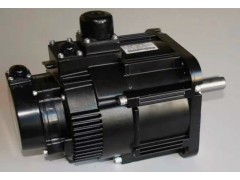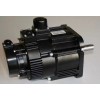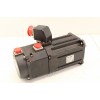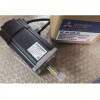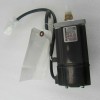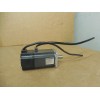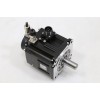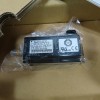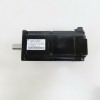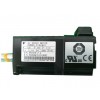| Brand: | Yaskawa | Model: | SGMGV-09ADC6C |
|---|---|---|---|
| Type: | Servo Motor | Place Of Origin: | Japan |
| Current: | 6.9A | Voltage: | 200V |
| Power: | 850W | Ins: | F |
| High Light: |
ewing machine servo motor,ac servo motor |
||
The electric motor in its simplest terms is a converter of electrical energy to useful mechanical energy. The electric motor has played a leading rolein the high productivity of modern industry, and it is therefore directly responsible for the high standard of living being enjoyed throughout the
industrialized world.
The beginnings of the electric motor are shrouded in mystery, but thismuch seems clear: The basic principles of electromagnetic induction were
discovered in the early 1800’s by Oersted, Gauss and Faraday, and this combination of Scandinavian, German and English thought gave us the
fundamentals for the electric motor. In the late 1800’s the actual invention of the alternating current motor was made by Nikola Tesla, a Serb who had migrated to the United States. One measure of Tesla’s genius is that he was granted more than 900 patents in the electrical field. Before Tesla’s time, direct current motors had been produced in small quantities, but it was his development of the versatile and rugged alternating current motor that opened a new age of automation and industrial productivity.
An electric motor’s principle of operation is based on the fact that a current-carryingconductor, when placed in a magnetic field, will have a force
exerted on the conductor proportional to the current flowing in the conductor and to the strength of the magnetic field. In alternating current motors, the windings placed in the laminated stator core produce the magnetic field. The aluminum bars in the laminated rotor core are the currentcarrying conductors upon which the force acts. The resultant action is the rotary motion of the rotor and shaft, which can then be coupled to various devices to be driven and produce the output.
Many types of motors are produced today. Undoubtedly, the most common are alternating current induction motors. The term “induction”
derives from the transference of power from the stator to the rotor through electromagnetic induction. No slip rings or brushes are required since the load currents in the rotor conductors are induced by transformer action.
The induction motor is, in effect, a transformer - with the stator winding being the primary winding and the rotor bars and end rings being the movable secondary members.


